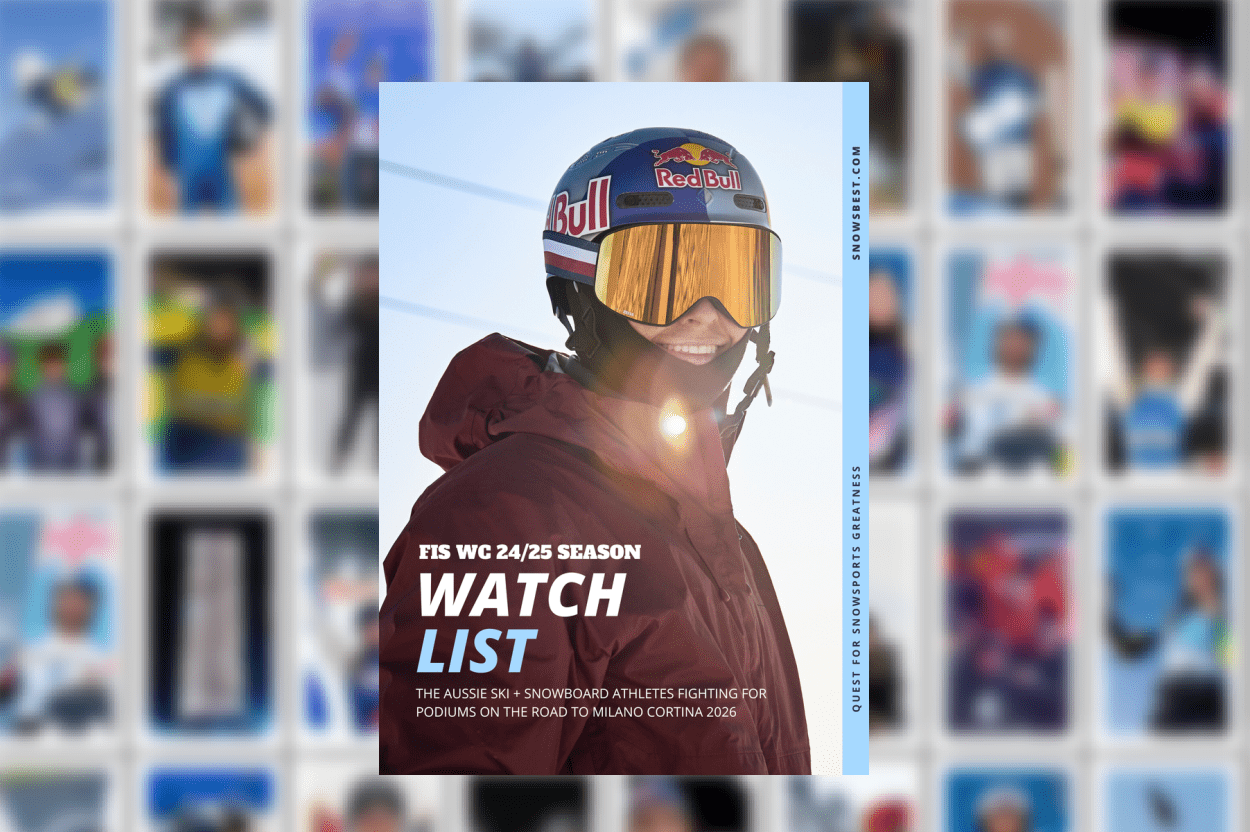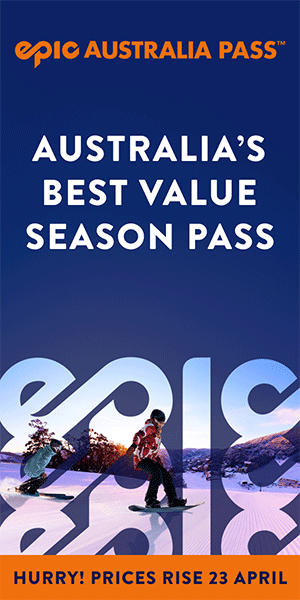Where else can you ski down an Olympic downhill course then wander through a royal palace on the same day? If you answered Innsbruck, give yourself a pat on the back.
A unique combination mixing nature and culture presides here. Straddling the Inn River and nestled amongst Austria’s Tyrolean mountains, Innsbruck was once the capital of the Holy Roman Empire, at a time when the 640-year-long rule of the Habsburg monarchy was at its peak.
But it’s also one of only three cities to have hosted the Winter Olympics on multiple occasions (Cortina d’Ampezzo will become the fourth in 2026).
It has its own airport, though it’s more common to arrive via major international gateways like Munich (two hours away by train), Zurich (3.5hr) and Vienna (4.5hr).
The ski fields are then just 20 minutes away by public transport. Voila, urban delights mix with powder paradise.
Where can you ski from Innsbruck
Here’s where Innsbruck really stacks up as a base for skiing – 13 resorts are all within an hour’s drive of the city. And all are accessible via an efficient public transport system that includes buses, trains, cable cars and funiculars.
Nordkette is the closest resort to Innsbruck, accessible in 20 minutes via cable cars from the city centre. Beginners can ski here, though hardcore free-riders will also love its 70-degree gradients along the Karinne.
Schlick 2000 is another that’s popular with families while also being loved by powder junkies seeking untracked snow below the Kreuzjoch ridge. Complementing three new pistes is a 10-seater gondola that opened in time for the 2023-2024 winter season.
Muttereralm is considered the most child-friendly resort, though Rangger Köpfl gives it a run for its money. The latter resort includes night skiing, a floodlit 10km-long toboggan run and soft fun park for snowboarders. Night skiing is also available at Bergeralm and Patscherkofel.
You can speed down Olympic Downhill courses (Innsbruck hosted the 1964 and 1976 Winter Games) at Axamer Lizum and Patscherkofel. The highlight at neighbouring Glungezer is undoubtedly a 15km descent into the valley – one of the longest in the Tyrol.
Furthest from Innsbruck are Kühtai, the adjoining Hochoetz, and Stubai – Austria’s largest glacial resort where pistes start from 3200m above sea level. These also happen to be three of the most reliable resorts for early- and late-season snow. Axamer Lizum is another.
Rounding out the options are the Elferbahnen and Serlesbahnen lifts that run parallel to each other in the Stubai Valley.
Ski pass prices
Expect to pay between €34 and €63.60 per day for a lift ticket, depending on which resort you choose. Lockers typically cost €1 or €2 per day.
A fabulous initiative allowing greater flexibility is the SKI plus CITY Pass. As well as including lift access to all 13 resorts and ski bus transport from the city, there are 23 sights and attractions to visit. Discounts on night skiing and tobogganing apply, as well as entry to the StuBay Pool Paradise in Fulpmes. Adult two-day passes cost €136. Seniors, teenagers and kids under 15 are cheaper. And the cost per day decreases with every additional day.
For non-skiers or boarders, the Innsbruck Card gets you access to 22 museums and attractions, three cable cars and public transport during your travels, including the Sightseer hop on-hop off bus. A 24-hour card costs €53.
Things to do

Start with the Old Town, where Gothic and Baroque architecture are on display in the Imperial Palace, City Tower, Court Church and the Golden Roof – the gleaming alcove balcony built for the wedding of Emperor Maximilian I to Bianca Maria Sforza 500 years ago. Even the Tourist Information Centre is housed inside royal stables.
Beyond that historic area, the futuristic Bergisel Ski Jump Tower that was designed by Zaha Hadid hosts elite ski jumpers for training and competitions. The panoramic café inside the tower is a great place to grab a coffee while you soak up the views over the city.
For something different, kids as young as 10 years old can travel at speeds of up to 90km/hr during the new Bob Rafting experience on the Olympic course in Igls, on the city’s southern outskirts.
Chow down

Ottoburg is an Innsbruck institution serving goulashes, schnitzels and Tyrolean Kasespatzle in the heart of the Old Town. Down a neighbouring alley, die Wilderin uses fresh, local, available produce on a rotating menu. Café Munding has been serving apple strudels and hot chocolates since 1803.
Christmas markets
How can you stay in Innsbruck during winter without visiting one of its cosy Christmas markets? Rug up then order a glühwein accompanied by sauerkraut-laced kiachln at one of four markets in and around the Old Town.
Where to stay

The funky Nala Hotel is centrally located, within walking distance of shops, the train station and the Old Town. Individually-designed rooms start from €85 per night, without breakfast.
Mark Daffey travelled courtesy of the Austrian National Tourist Office.








































